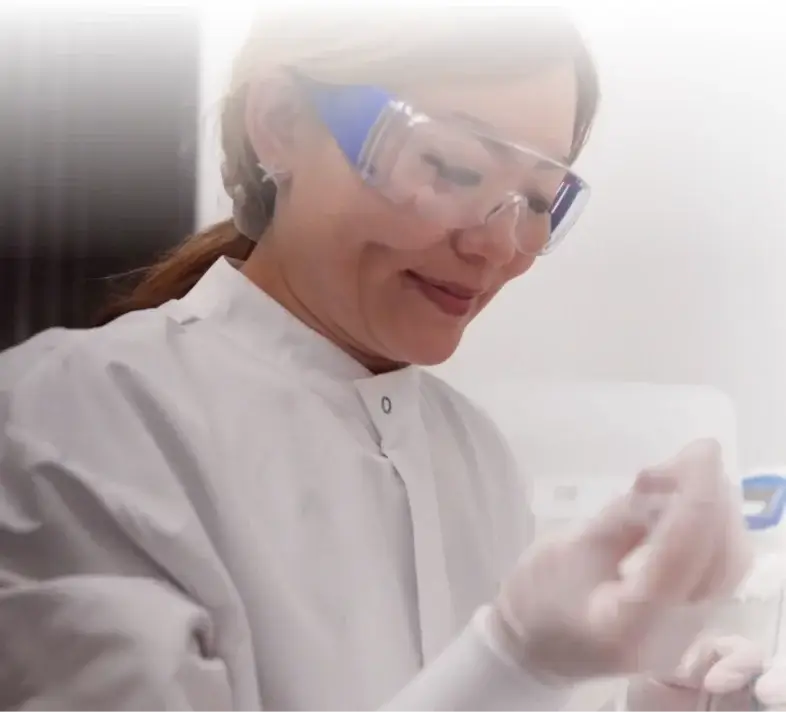Learn about who we are, what we believe
and the people who lead us
Discover our unique scientific approach
for diseases with high unmet need
The first and only FDA-approved
treatment for Demodex blepharitis
Explore the possibilities of our robust pipeline
to address significant unmet patient needs
Find additional corporate
and stock information
Our pipeline is anchored by lotilaner, the active ingredient in XDEMVY®, which has the potential to treat a multitude of diseases by targeting their root causes.

Our pipeline of wholly owned candidates addresses a number of diseases with high unmet needs across a range of therapeutic categories, including eye care and infectious disease prevention.
Many parasite-mediated diseases have high unmet clinical needs. By applying our unique approach to research and development, we’re investigating solutions to target ocular rosacea, Lyme disease prevention and community reduction of malaria.
Our Terms of Use and Privacy Policy have changed.
By clicking accept, you agree that you have read and will abide by these new terms.